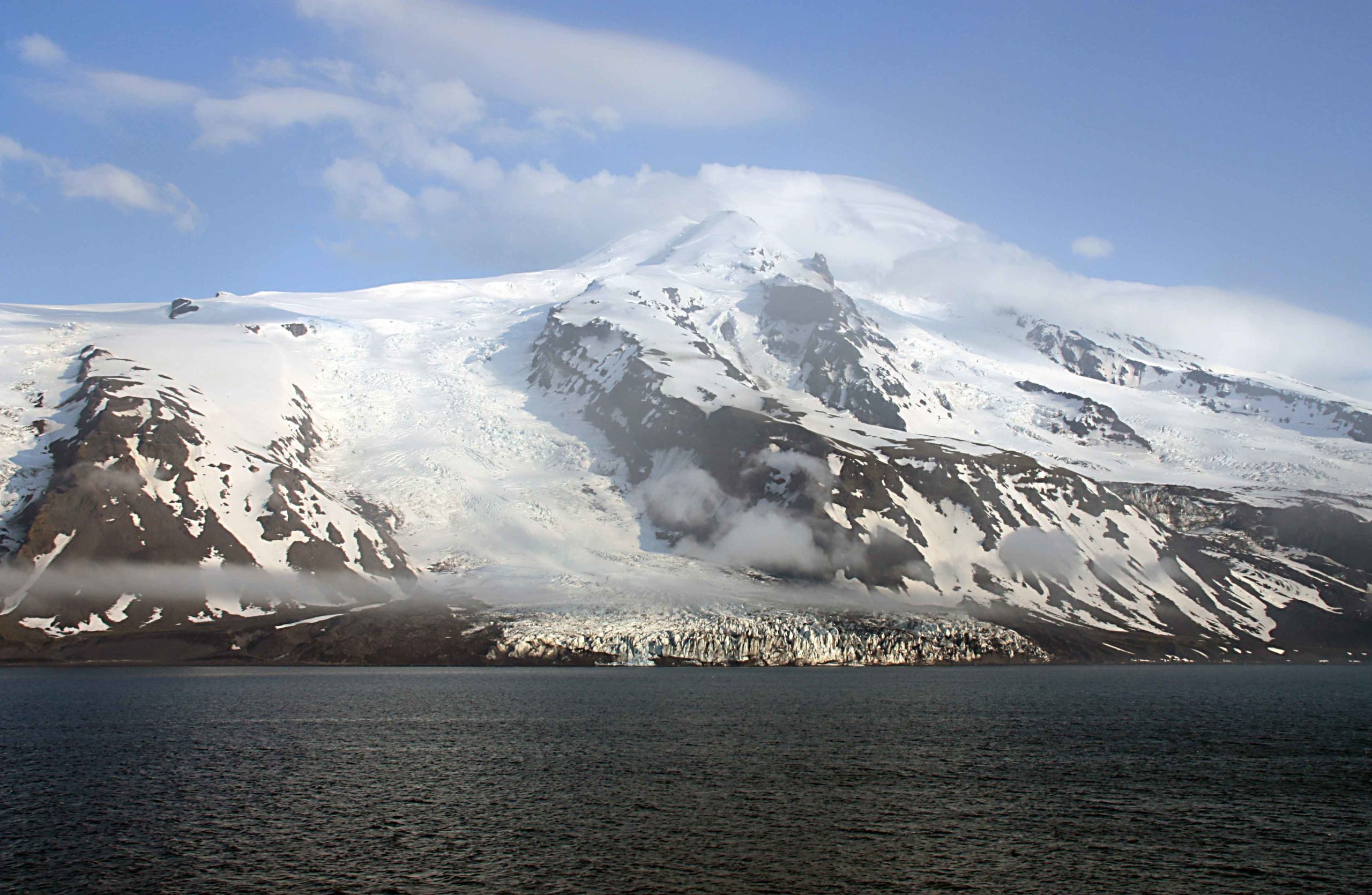Norwegian scientists recommend a third season of exploratory cod fishing off Jan Mayen
The catch will help researchers determine whether cod there belong to a stock of their own or are part of nearby populations.

Norway should continue exploratory fishing in the area around the island of Jan Mayen to determine whether cod has established itself there, scientists with that country’s maritime research institute have said.
“We still know little about the cod in this area, so we need to continue to keep our eye on it,” said Bjarte Bogstad, a scientist from Havforskningsinstituttet, the Norwegian Institute of Marine Research, who involved with the exploratory fishing.
Exploratory fishing for cod in the waters off Jan Mayen began in 2019, after a vessel hauled in 450 tons there the prior year. The catch was considered remarkable, since no permanent cod population of any size had been recorded there previously.
At the time, scientists with Havforskningsinstituttet reckoned that climate degradation had resulted in the cod migrating north in search of colder water and food.
[Invasive species are still rare in the Arctic — but that could soon change]
When the 2021 season begins in September, fishing vessels will be permitted to catch a total of 600 tons through to the end of the year. The catch is a reduction of 25 percent from the previous two years, but according to Havforskinginstiuttet, more in line with the amount of fish that has been caught to date.
It was originally believed that the cod may have been a part of Barents Sea or Icelandic cod stocks. But, according to Havforskningsinstituttet, “significant” numbers of of the cod caught around around Jan Mayen have spawned there. This suggests the waters support a distinct stock, and it is hoped that this year’s results can confirm that by looking at the age of the fish that are caught.
Last year and the year before, fish hatched in 2007 were found to be most common. If Jan Mayen does indeed support its own stock, the fish caught this year should be born in later years.
“If only older fish are being caught around Jan Mayen, then there isn’t much future for fisheries there,” Bogstad said.
Cod was first reported in the waters off Jan Mayen in 1929. However, experimental fishing conducted in the following years was unable to confirm whether there was a permanent stock, and no commercial fishing was ever undertaken.
Cod were again reported starting in the 1990s, but a 2011 survey conducted to investigate the observations found only small amounts of cod.
Even though the fish caught in previous years appeared to be healthy, the area around Jan Mayen where the cod have been identified is too small and the water too deep to support a large cod population, according to Havforskningsinstituttet.
Until it can be proven whether the cod around Jan Mayen are part of a separate stock, any cod caught there are counted against Norway’s allowable catch of Barents Sea cod.